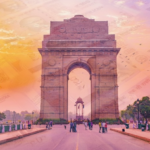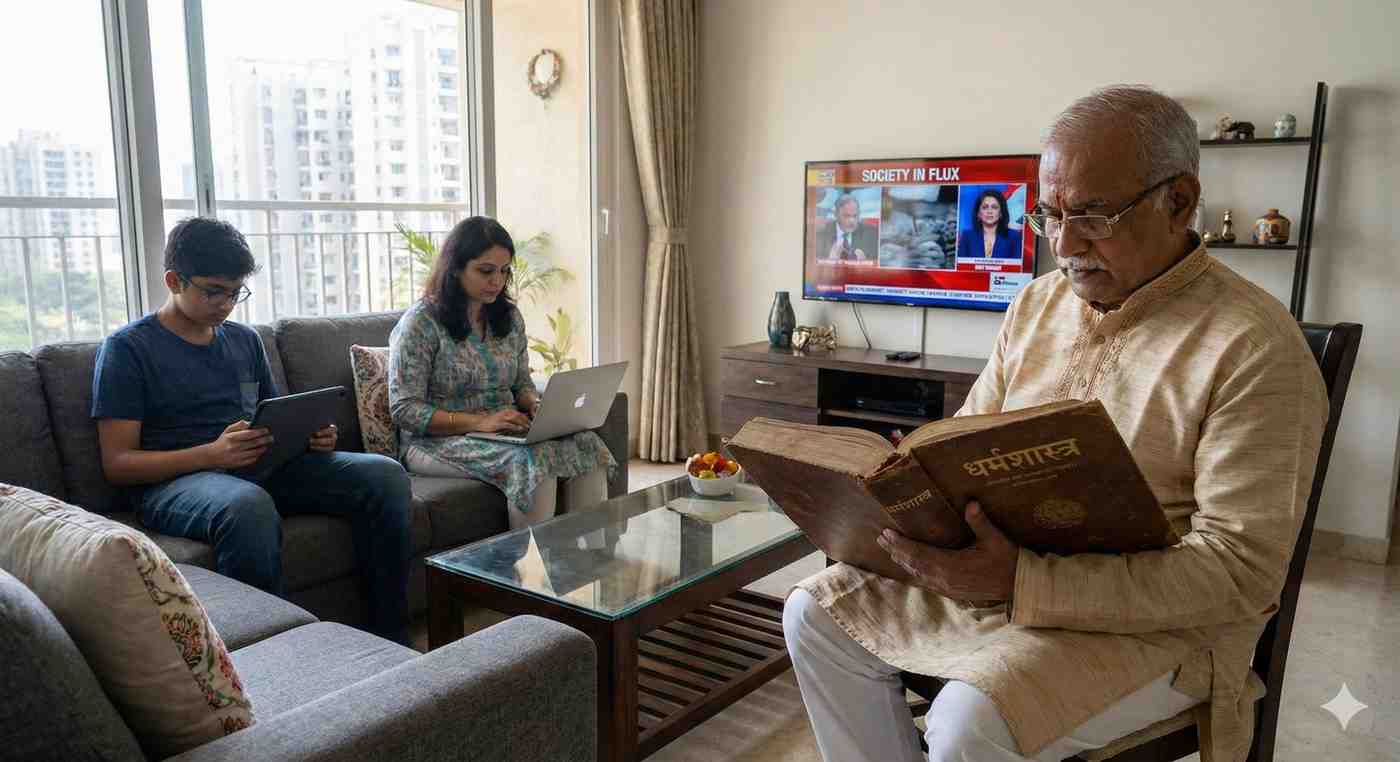
Caste Dynamics and Political Growth: A Deep Dive into Uttar Pradesh
- admin
- October 16, 2025
- Religion, Uttar Pradesh
- 0 Comments
Lucknow, 2025 — In Uttar Pradesh (UP), the interplay between caste dynamics and political growth paints a complex picture of electoral strategies, social mobility, and governance. As India’s most populous state, UP’s caste-based politics not only influence election outcomes but also shape policy decisions and social welfare initiatives. This article delves into how caste dynamics continue to define political growth in UP, reflecting broader socio-political currents within India.
Understanding Caste Influence in UP Politics
- Historical Context
- Legacy of Caste: Caste has historically played a central role in UP’s political arena, with parties often aligning themselves with specific caste groups to secure electoral bases.
- Reservation Policies: Initiatives like reservations in education and employment have been pivotal in shaping the political influence of various caste groups in UP.
- Current Political Landscape
- Major Players: Parties such as the Bahujan Samaj Party (BSP), Samajwadi Party (SP), and Bharatiya Janata Party (BJP) strategically cater to and mobilize different caste coalitions, including Scheduled Castes (SCs), Other Backward Classes (OBCs), and upper castes, to harness their electoral power.
Caste-Based Electoral Strategies
- Voter Mobilization
- Identity Politics: Caste identity remains a potent tool for mobilizing voter bases. Political rallies, caste-based reservations, and targeted welfare schemes are common strategies used to appeal to specific caste demographics.
- Coalition Building: Successful political parties often forge broad coalitions that span multiple caste groups, navigating complex social hierarchies to maximize electoral support.
- Policy Implications
- Development Initiatives: Policies in UP frequently address caste disparities, focusing on upliftment schemes for disadvantaged groups, which include scholarships, housing, and healthcare programs targeted at lower caste and marginalized communities.
Impact on Governance and Social Policies
- Governance Challenges
- Representation vs. Tokenism: While caste-based politics has improved representation for historically marginalized communities, it sometimes leads to tokenism where substantive change in governance and empowerment is lacking.
- Policy Paralysis: Competing interests among caste groups can lead to policy paralysis, where significant reforms are stalled due to lack of consensus.
- Social Mobility
- Educational and Economic Opportunities: Initiatives aimed at improving educational access and economic opportunities for lower castes have contributed to slow but gradual social mobility, altering traditional caste dynamics in some regions.
- Social Welfare: Caste-based welfare programs, while providing necessary support, also reinforce caste identities, influencing the social fabric and individual identity perceptions.
The Role of Caste in Future Political Trends
- Changing Dynamics
- Diminishing Reliance on Caste: There is a growing trend towards diminishing outright caste-based politics with increased urbanization and education, favoring development-focused and issue-based politics.
- Youth Influence: Younger voters, who are often less swayed by caste allegiances than previous generations, are pushing for change towards more meritocracy and equality-driven governance.
- Technological Impact
- Data and Digital Outreach: Political parties are increasingly using data analytics to understand and predict voter behavior beyond simple caste calculations, employing sophisticated digital campaigns that target individuals based on a variety of factors, including but not limited to caste.
Conclusion: Caste and Continuity in UP’s Political Fabric
Caste dynamics in Uttar Pradesh remain a fundamental aspect of its political landscape, influencing how parties strategize, govern, and connect with the electorate. While the influence of caste is evolving, it continues to shape political growth and social development in profound ways. Understanding these dynamics offers crucial insights into not only UP’s political future but also the broader trajectory of Indian democracy.



